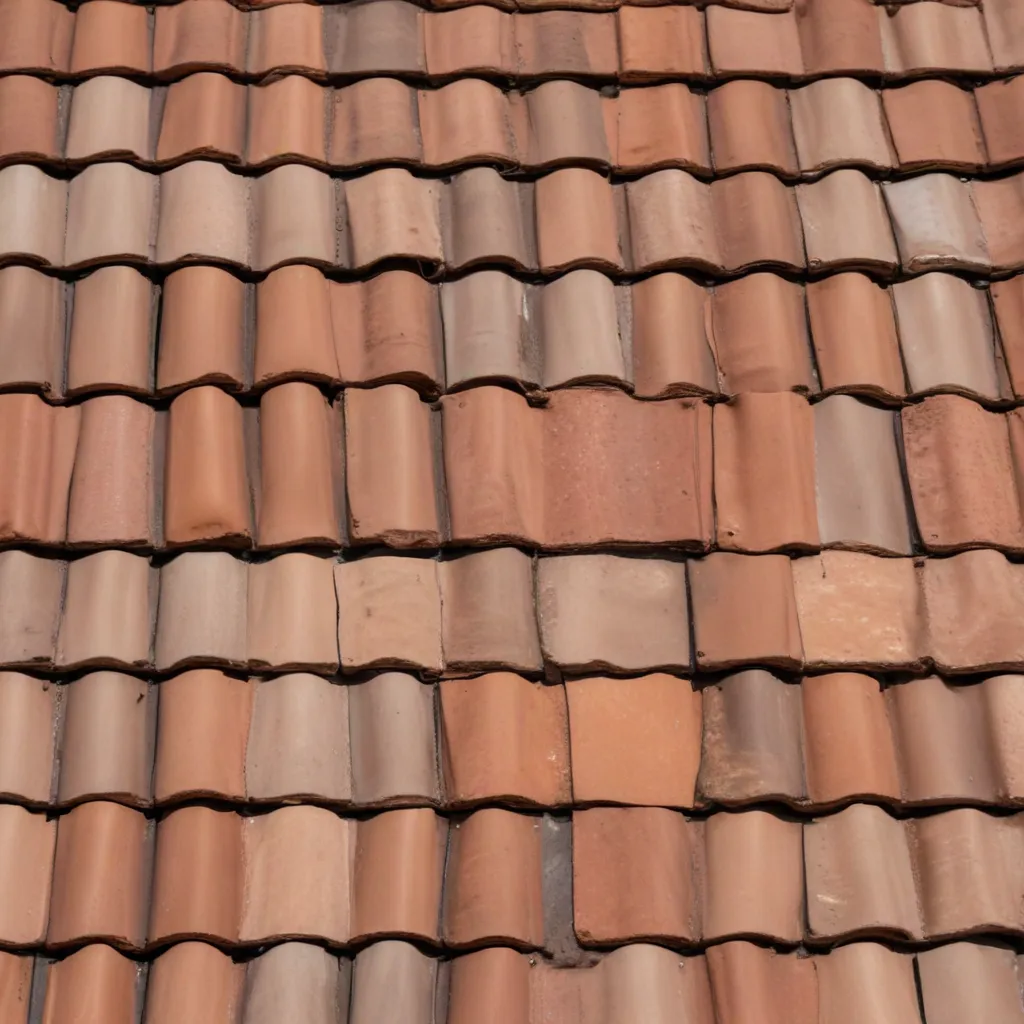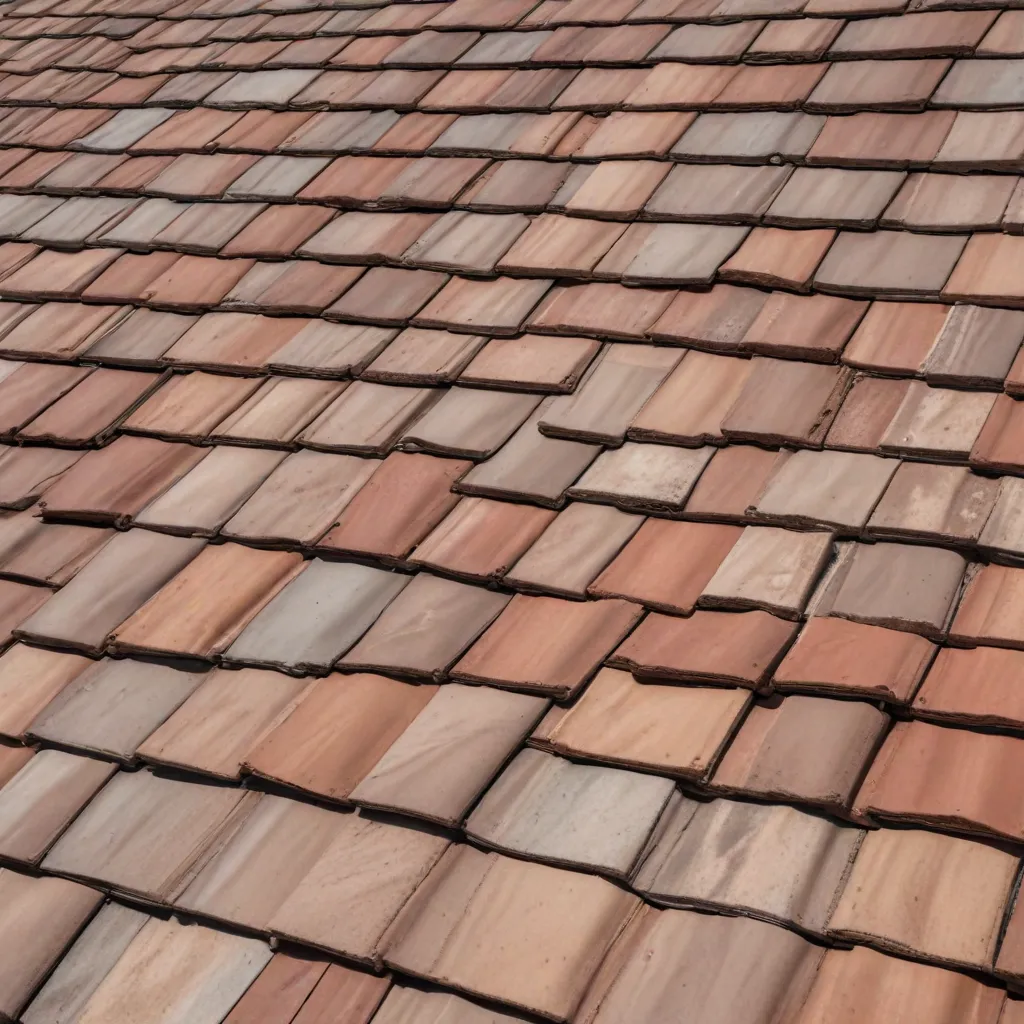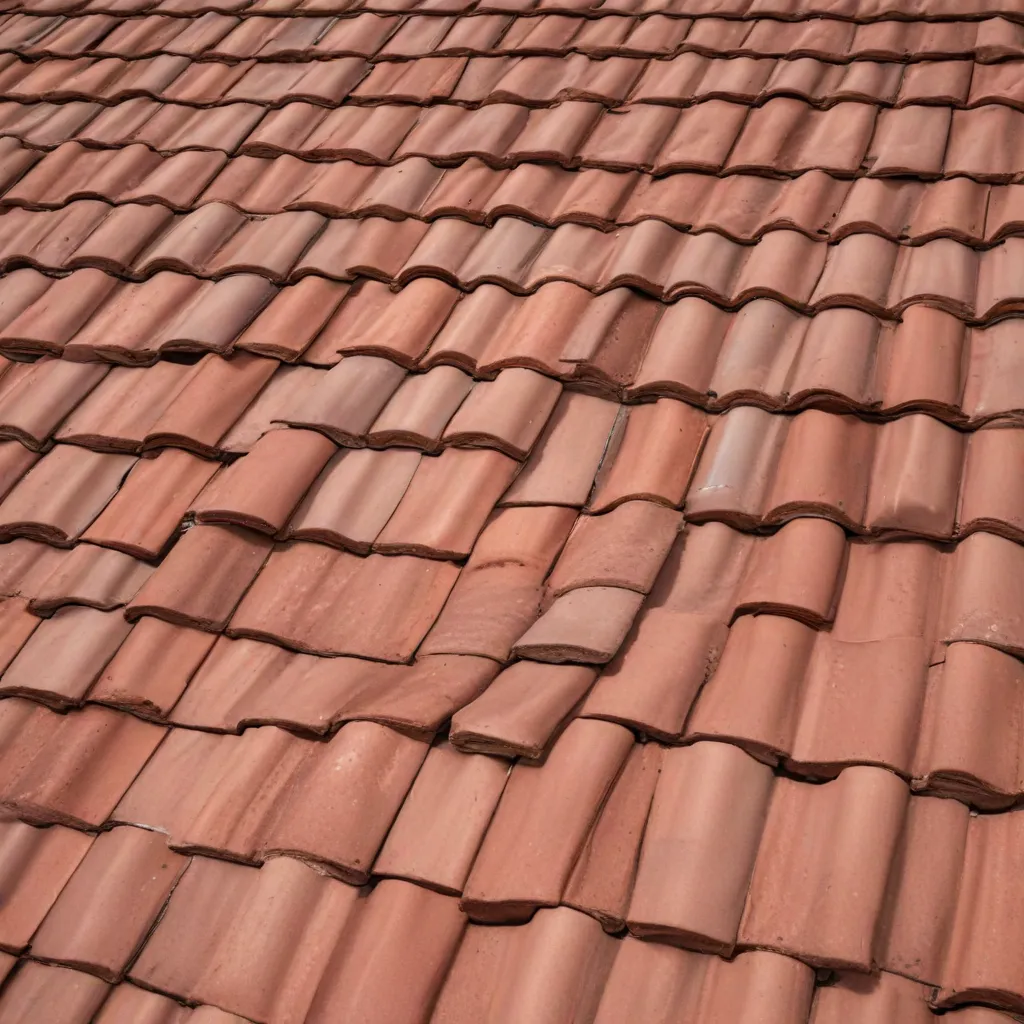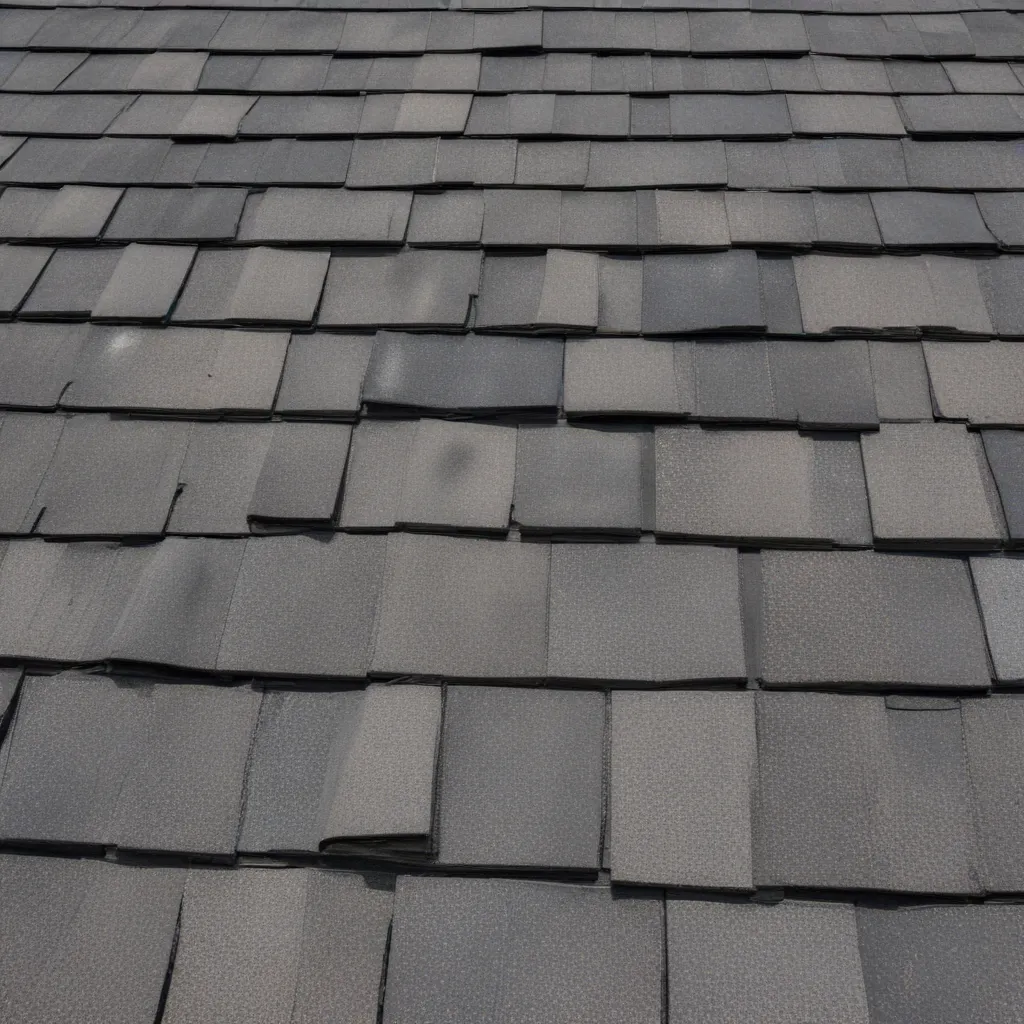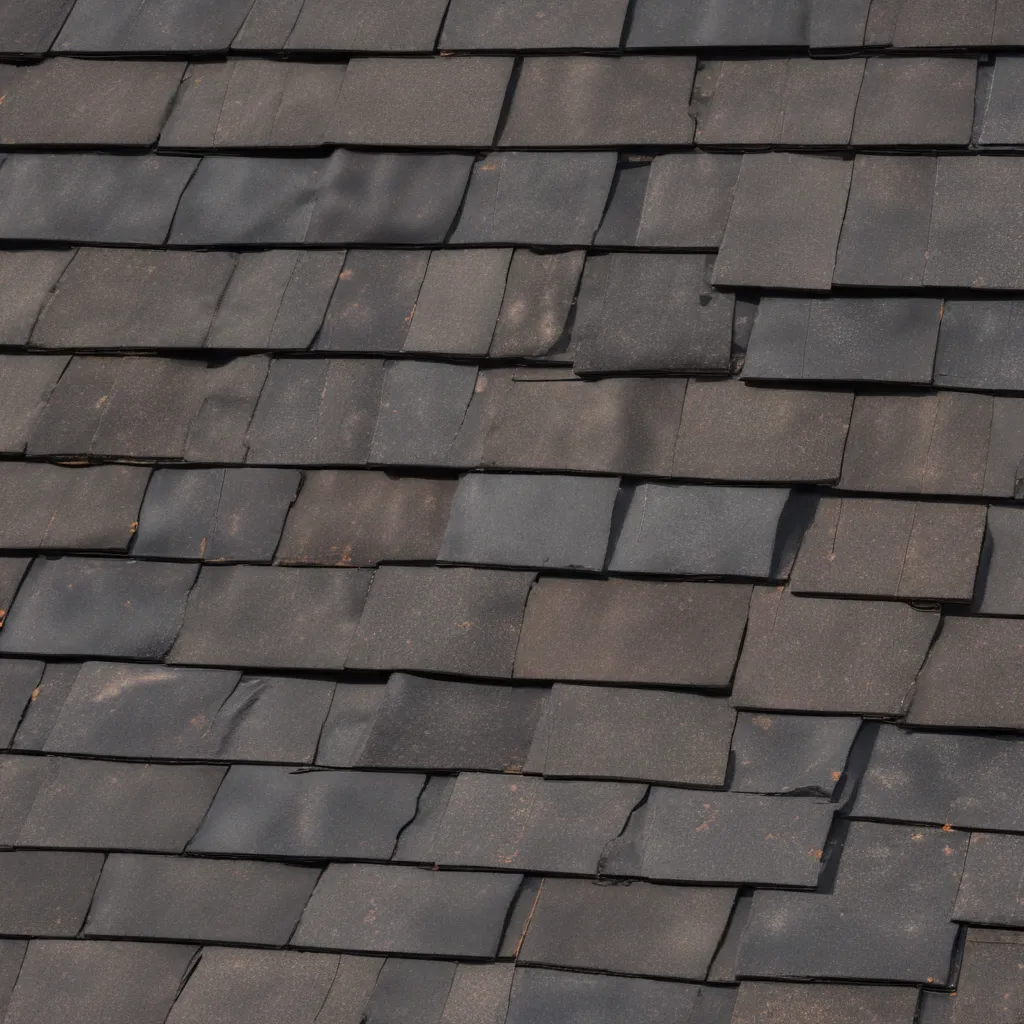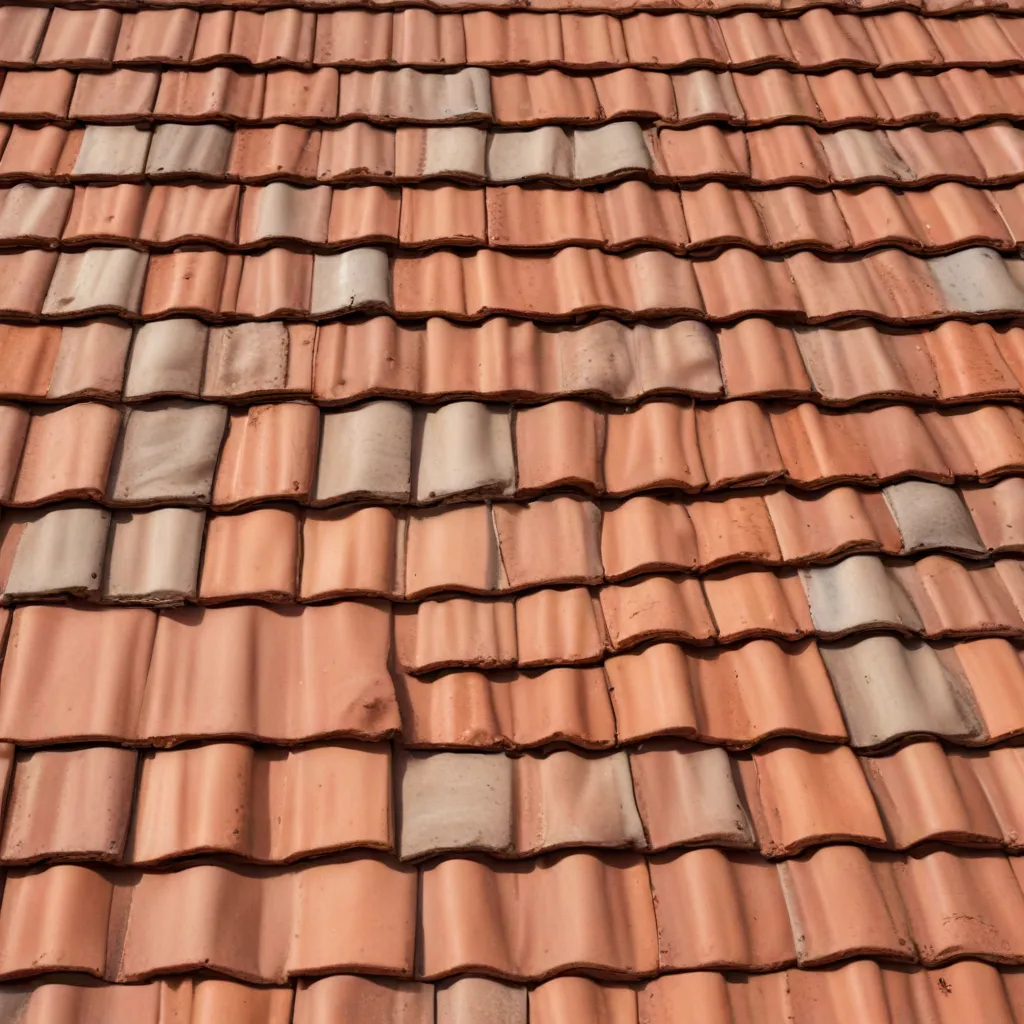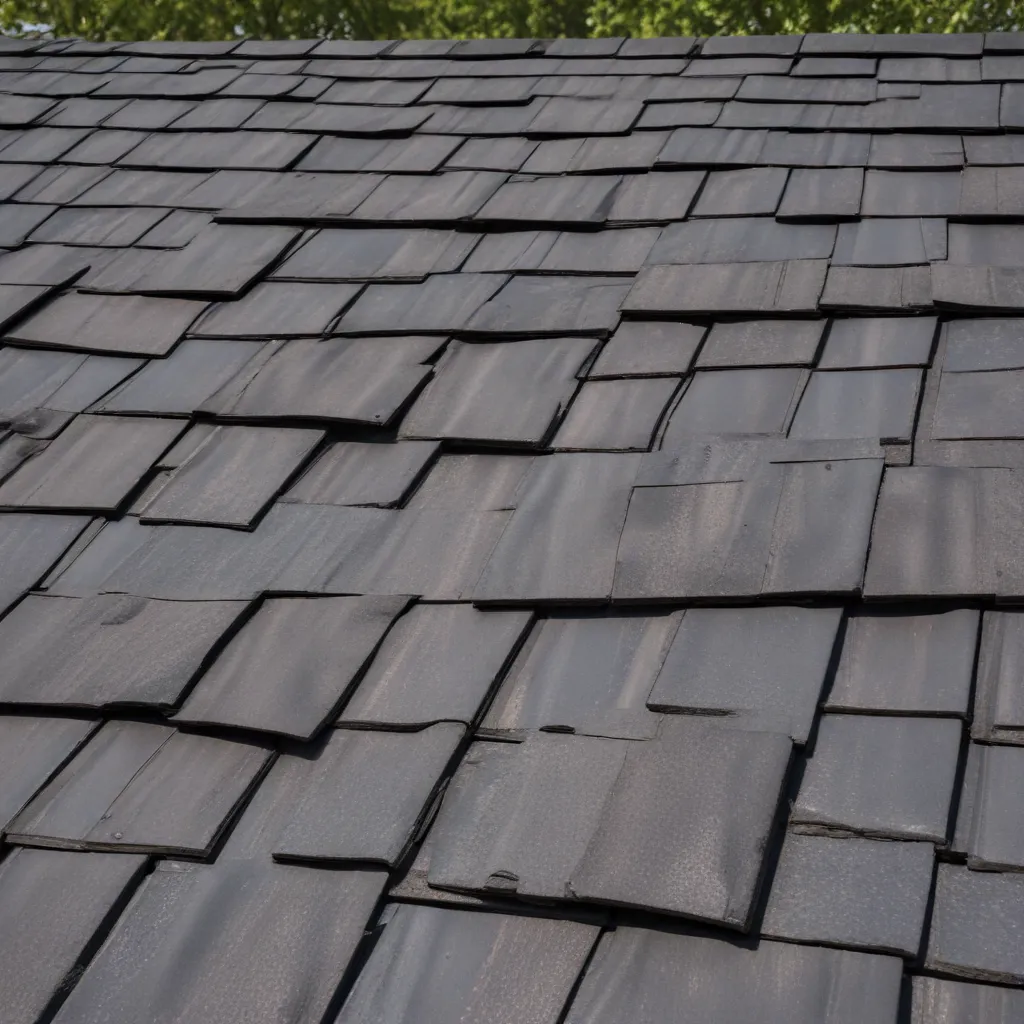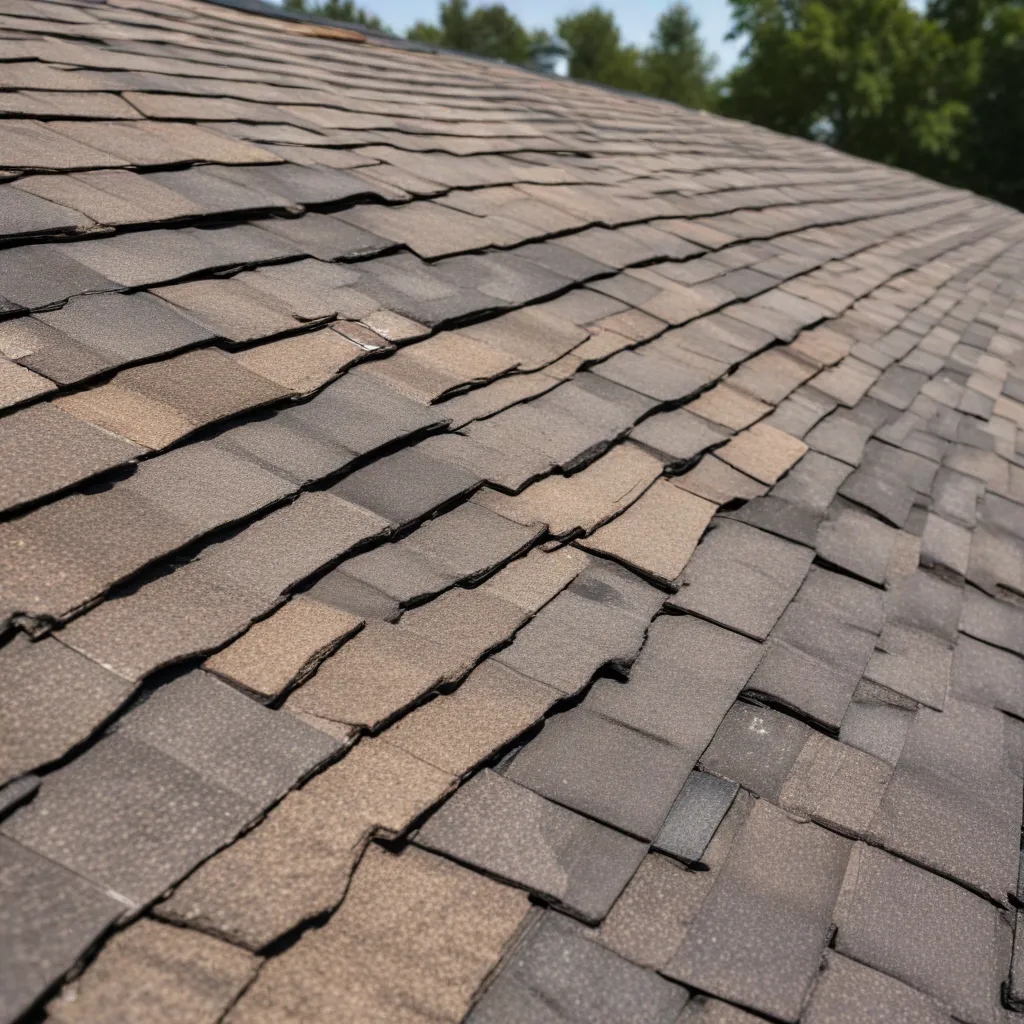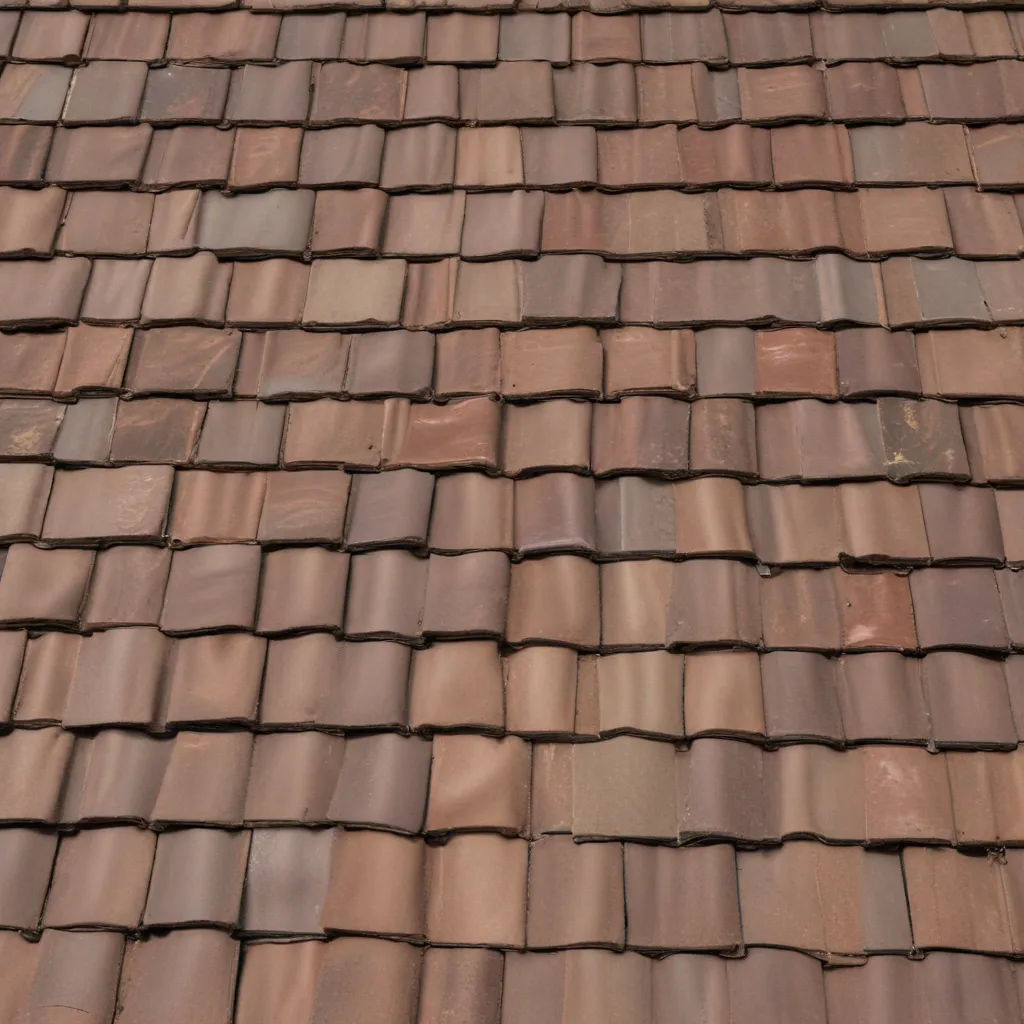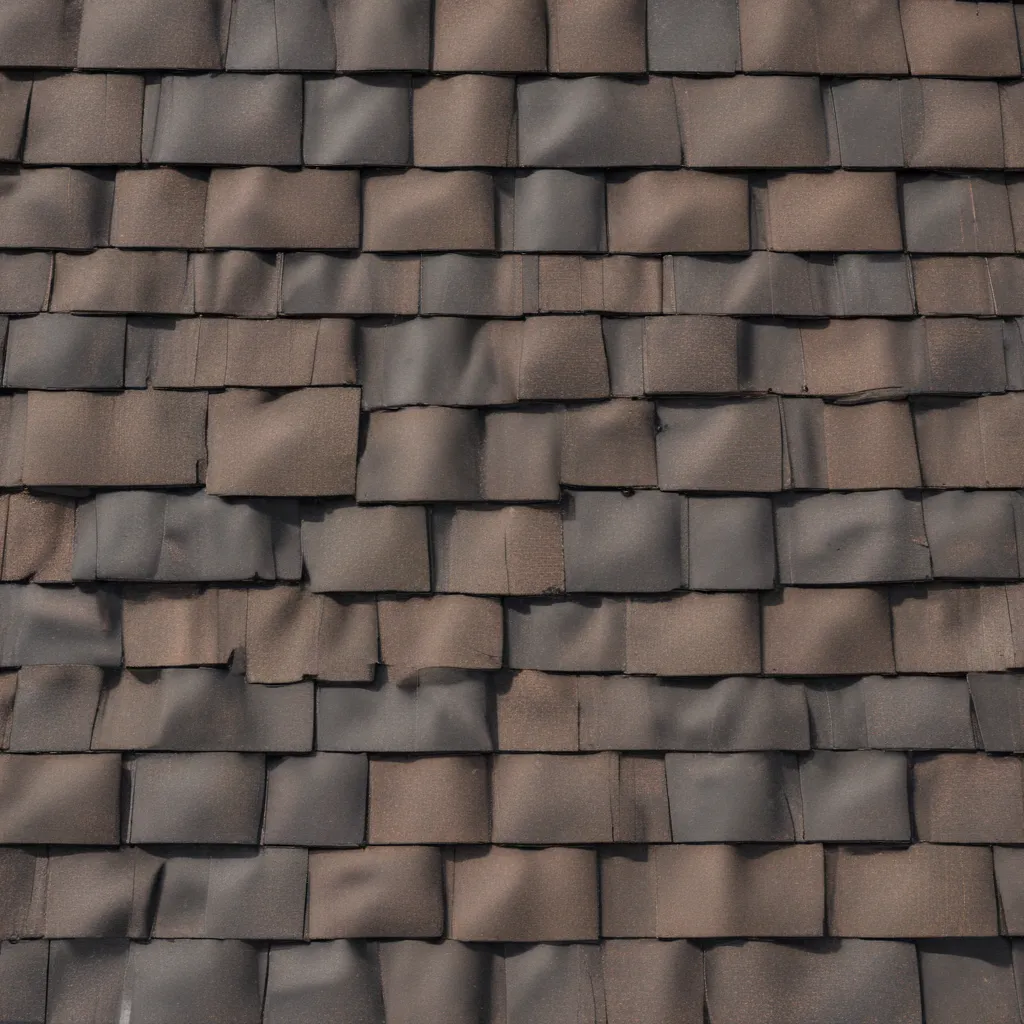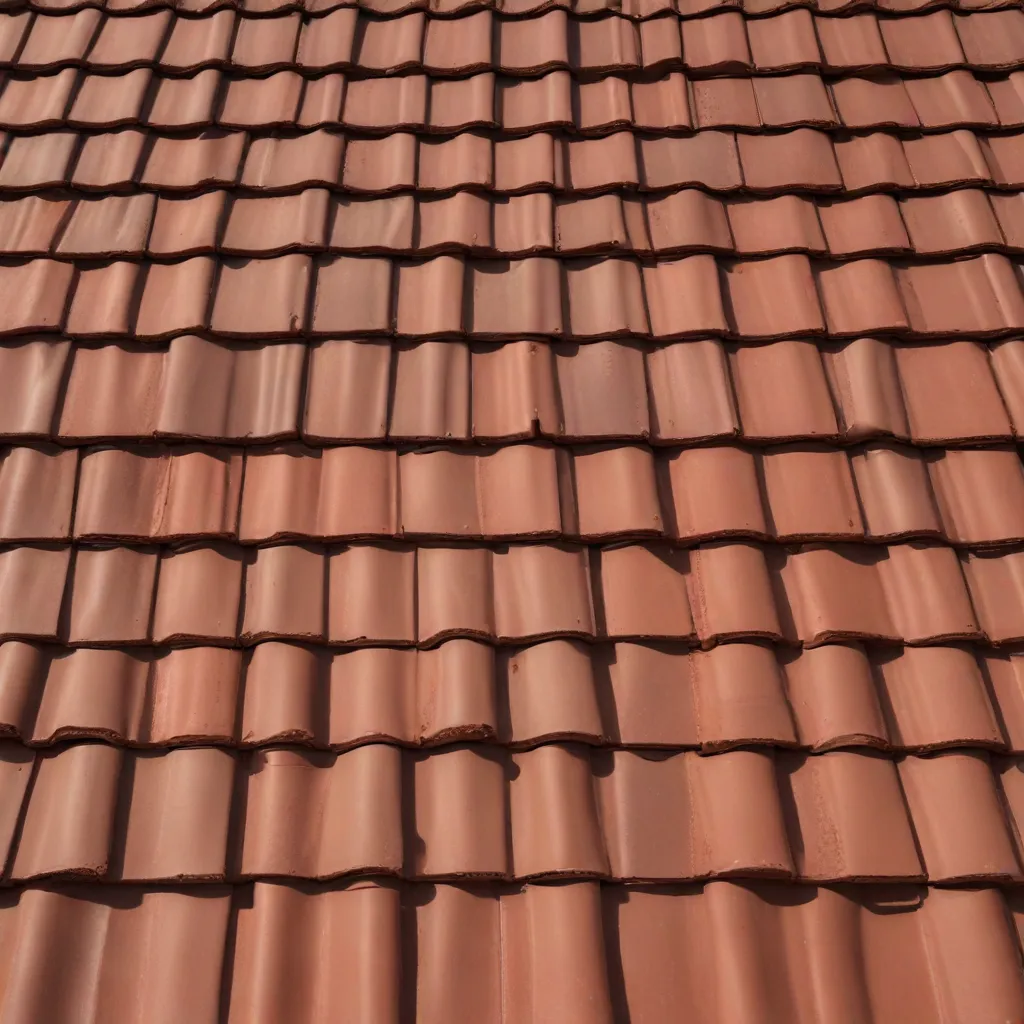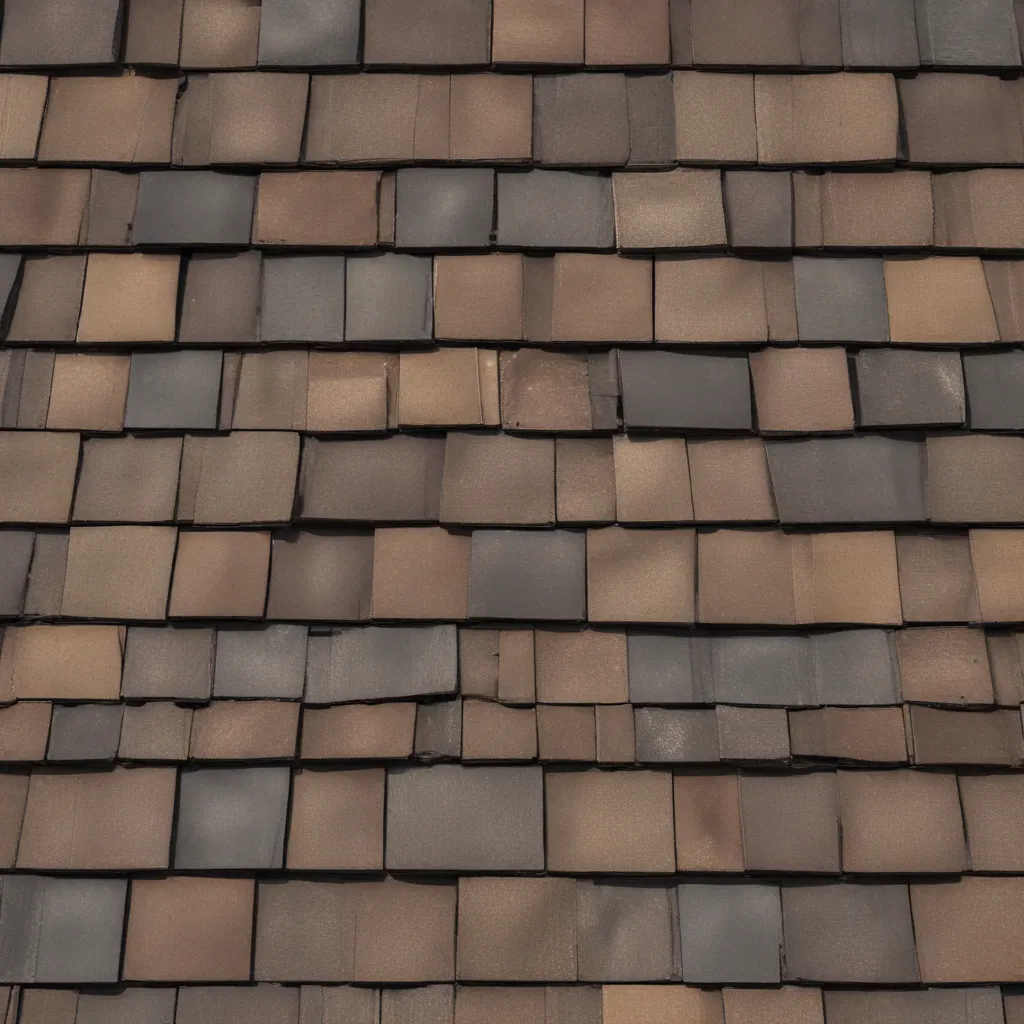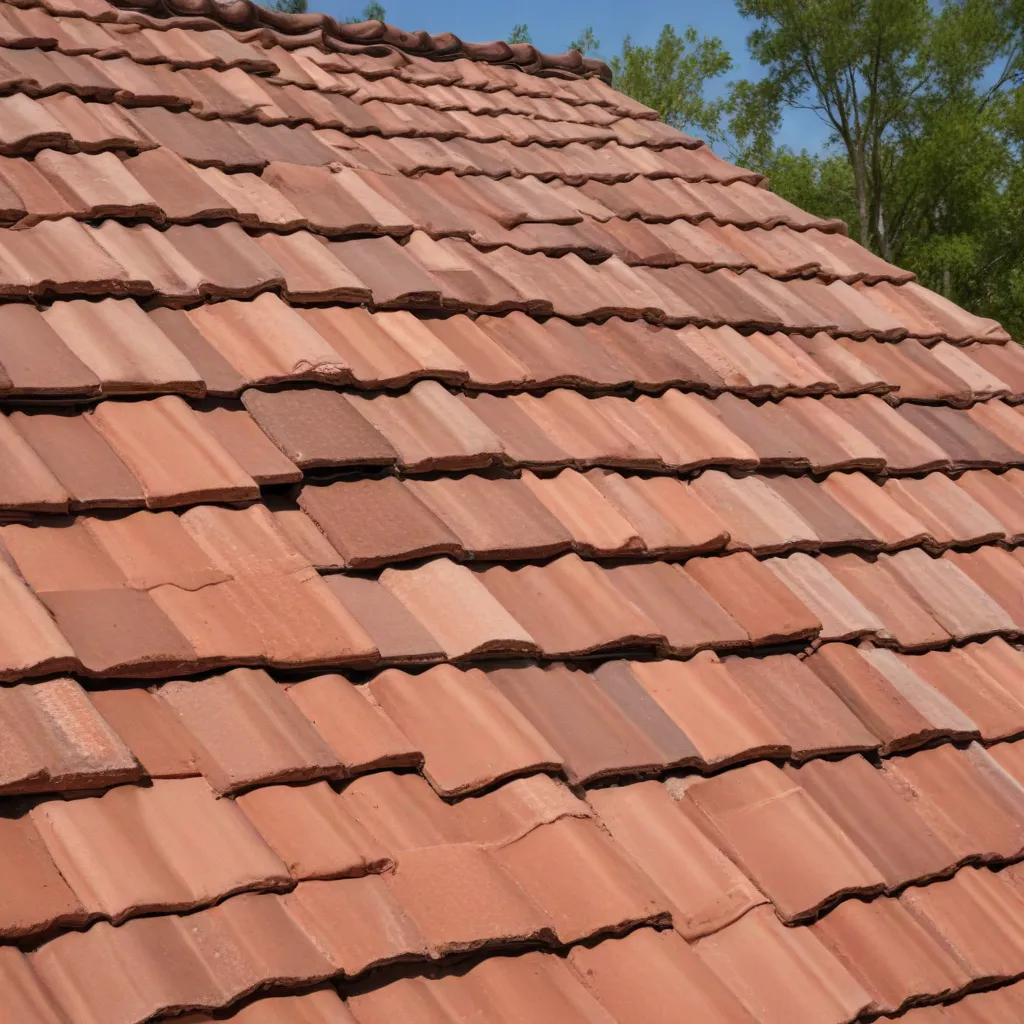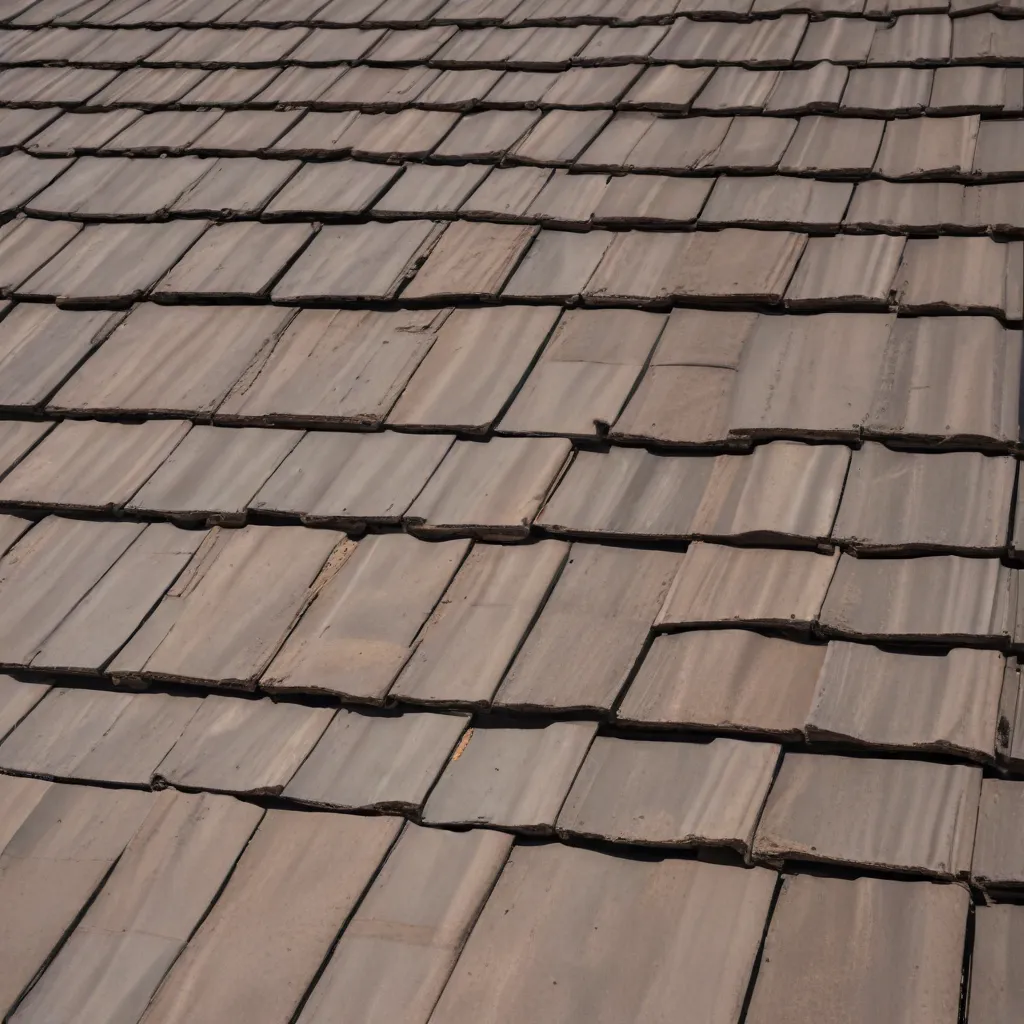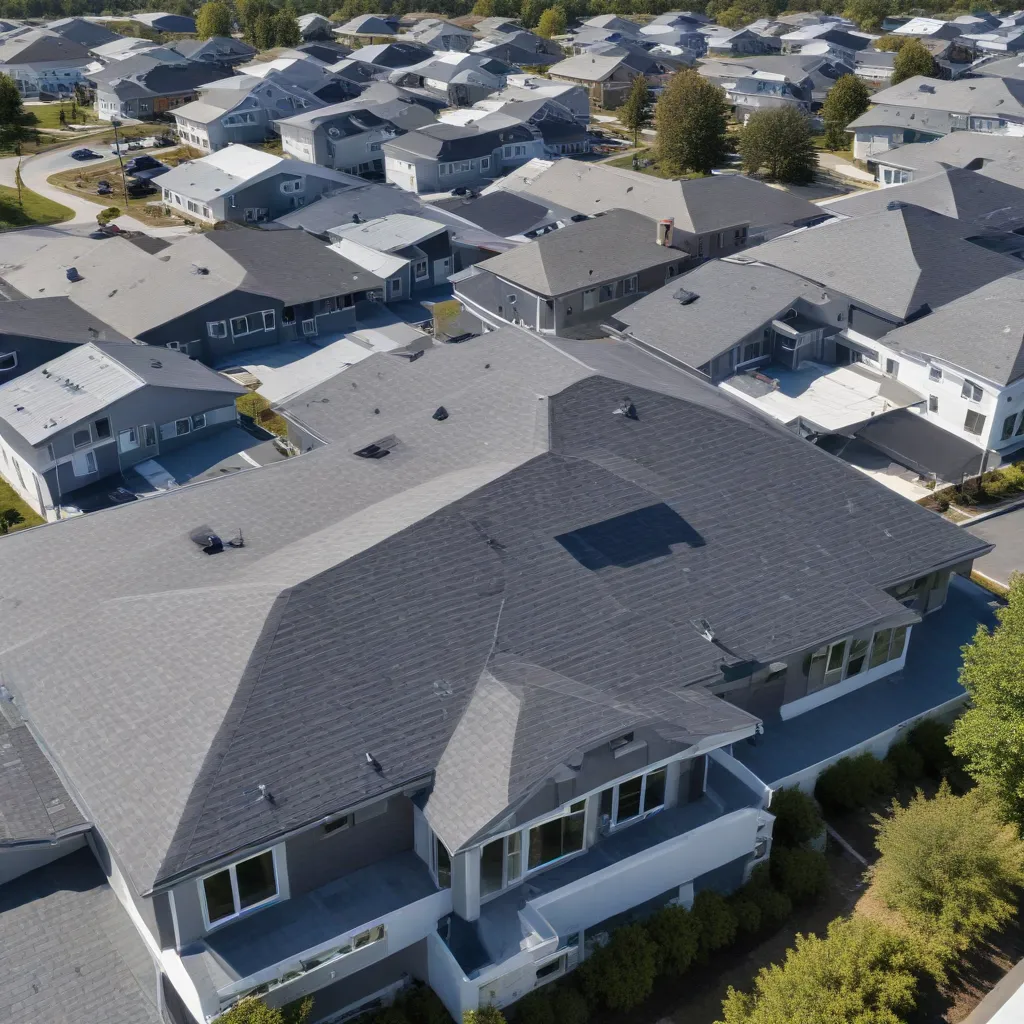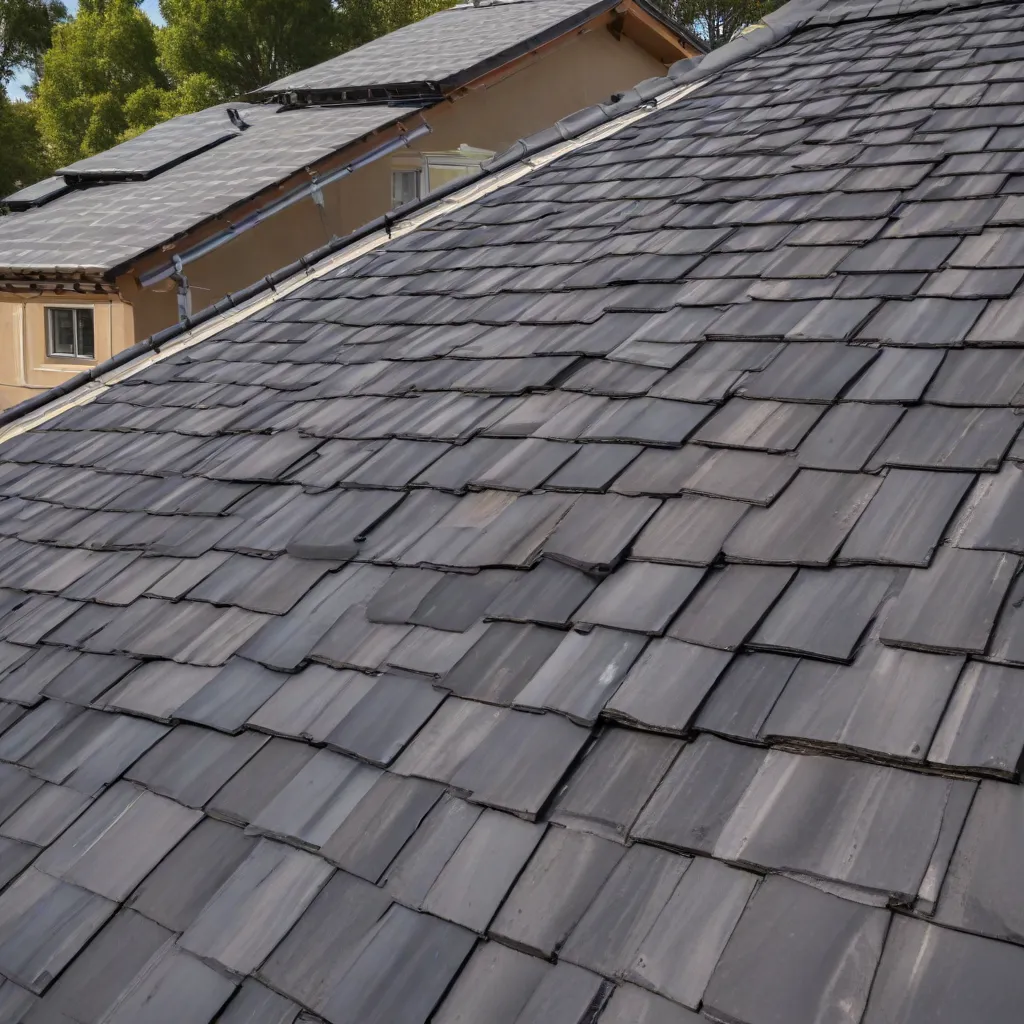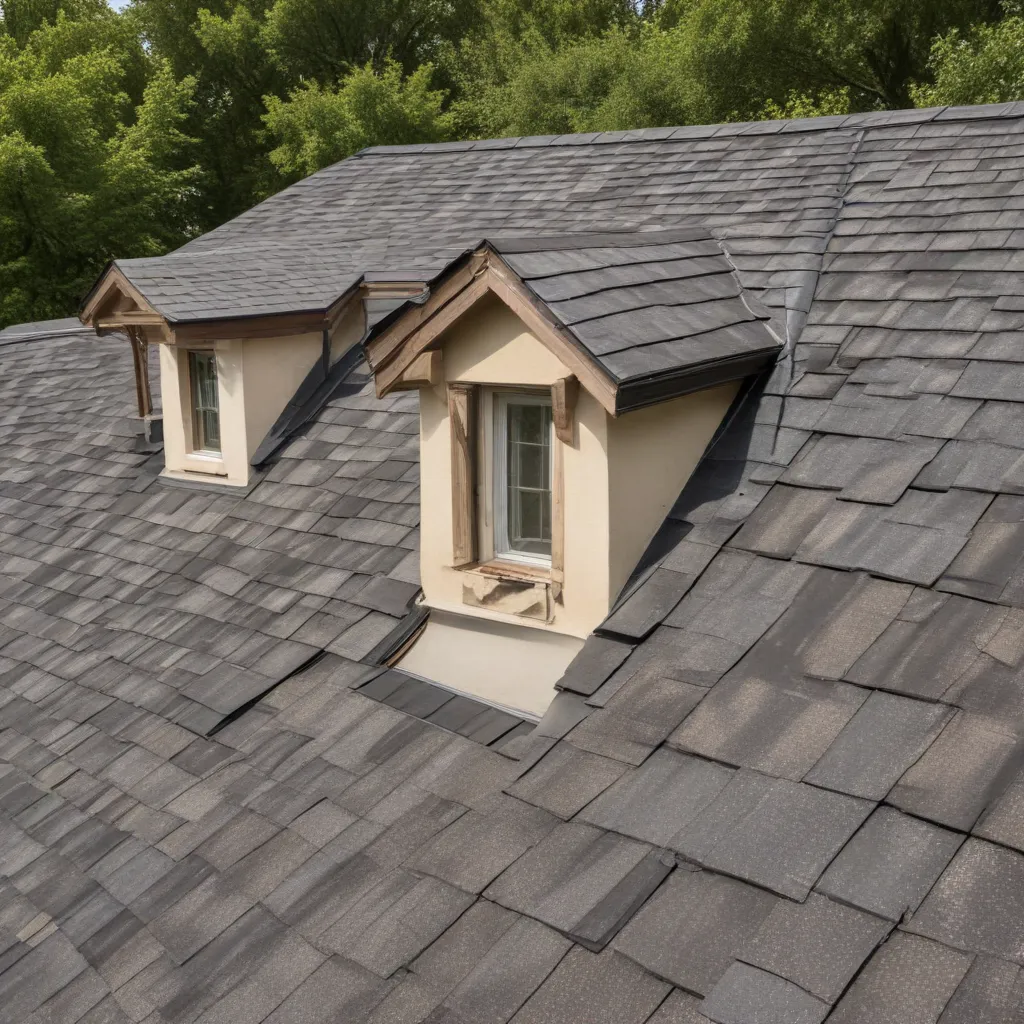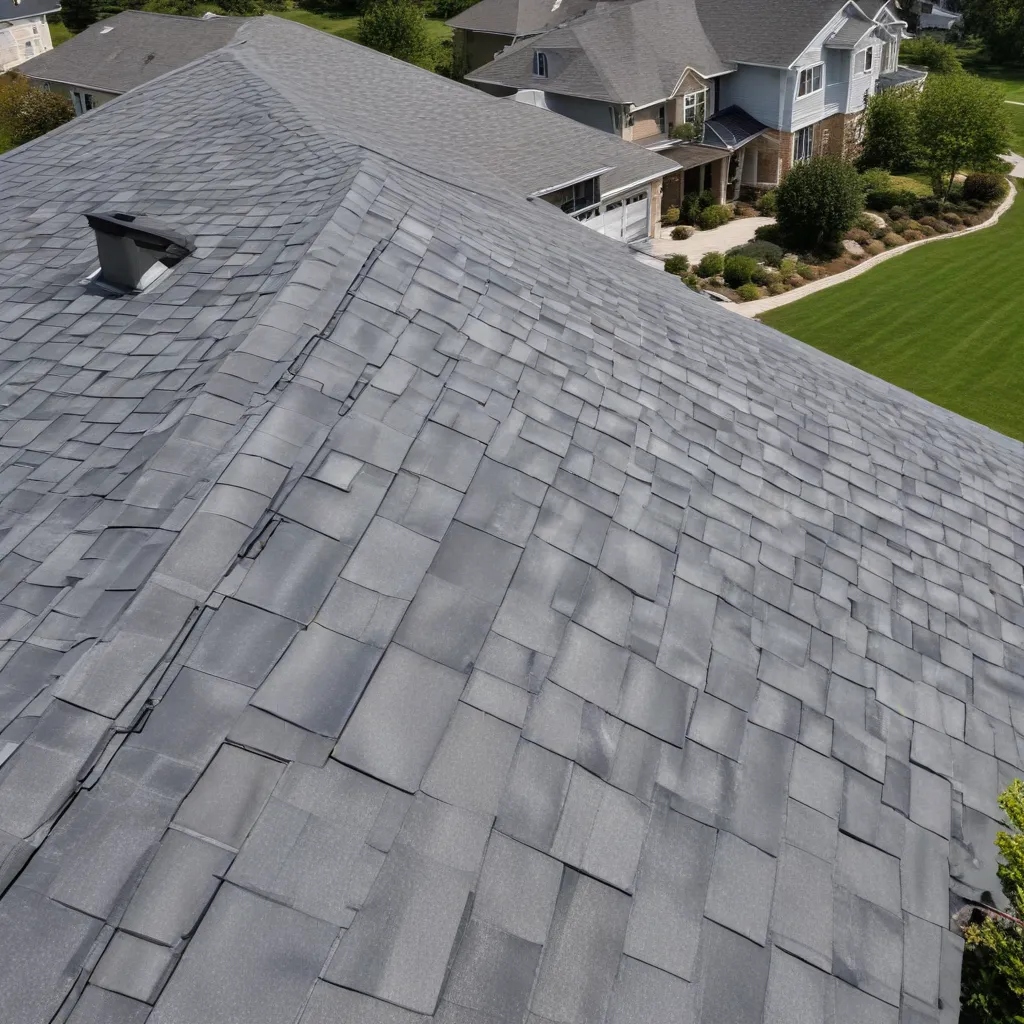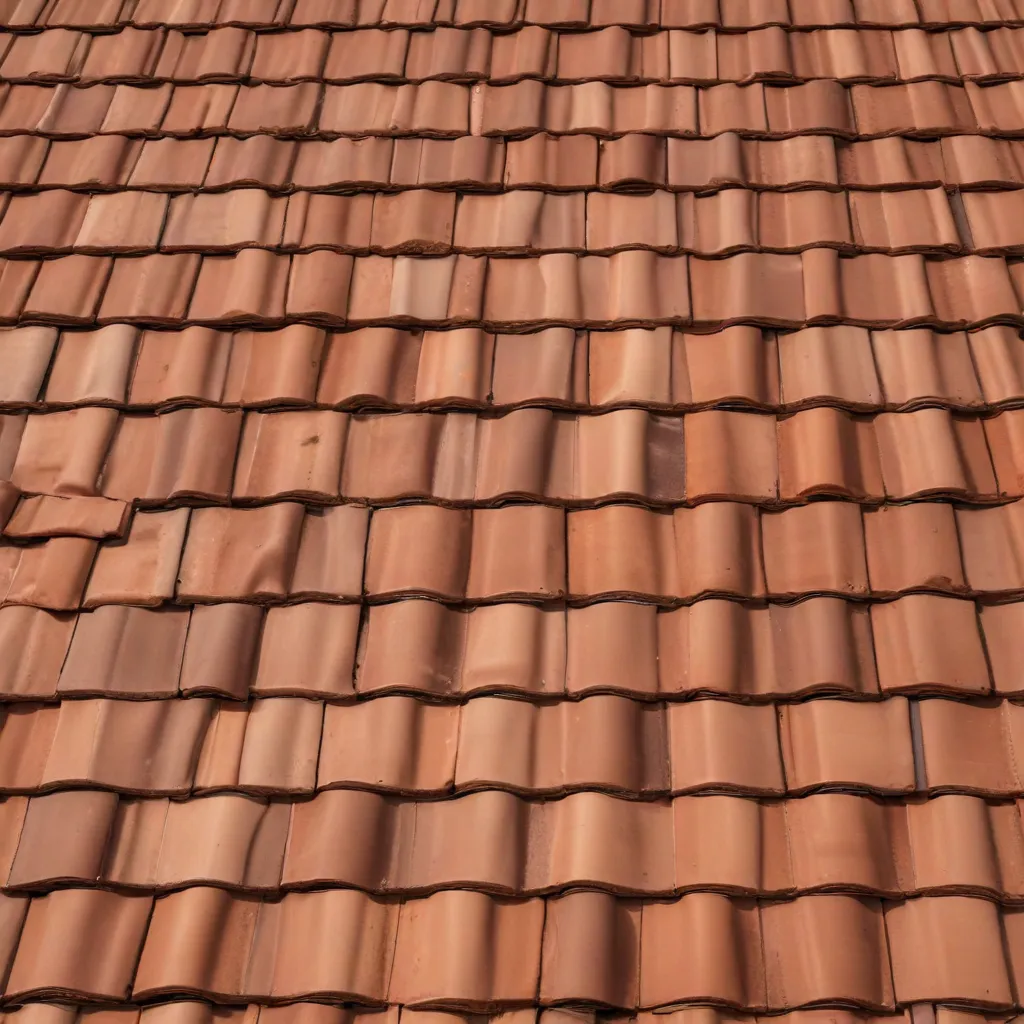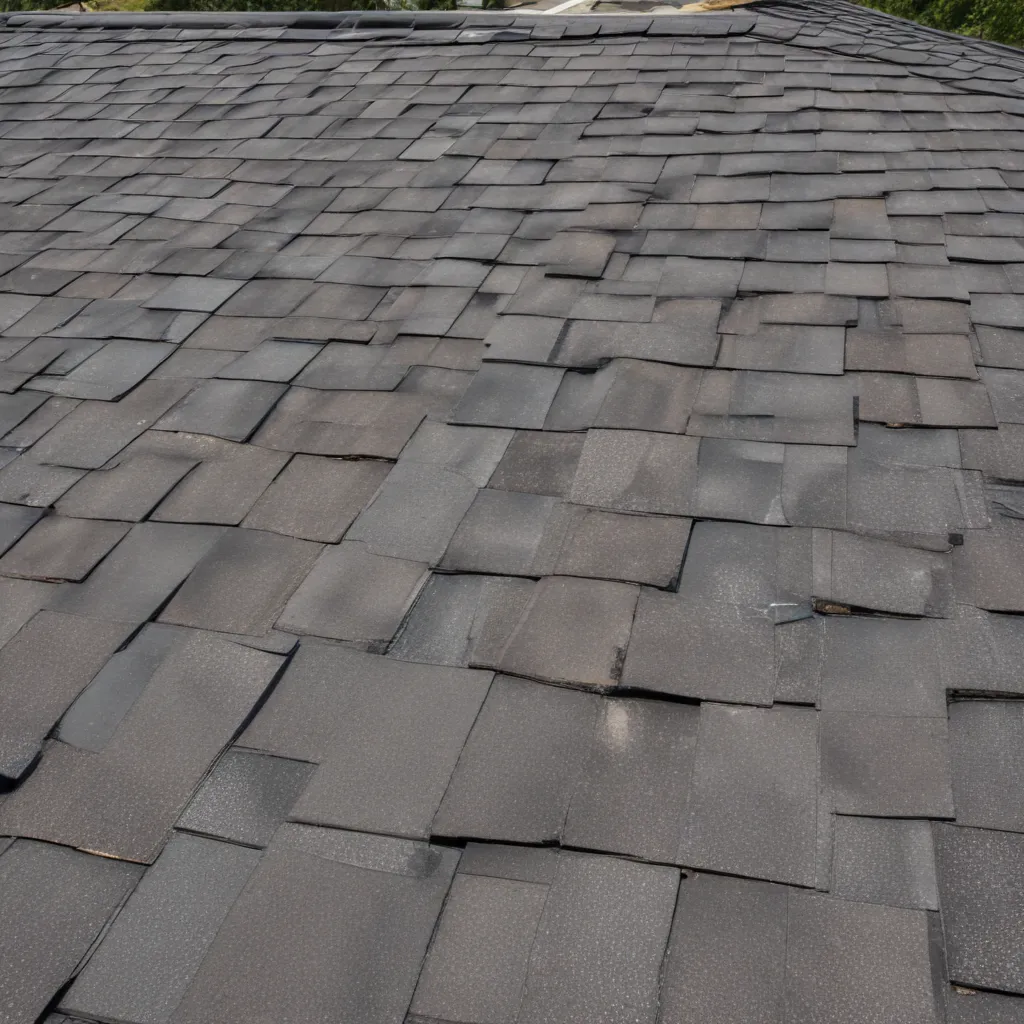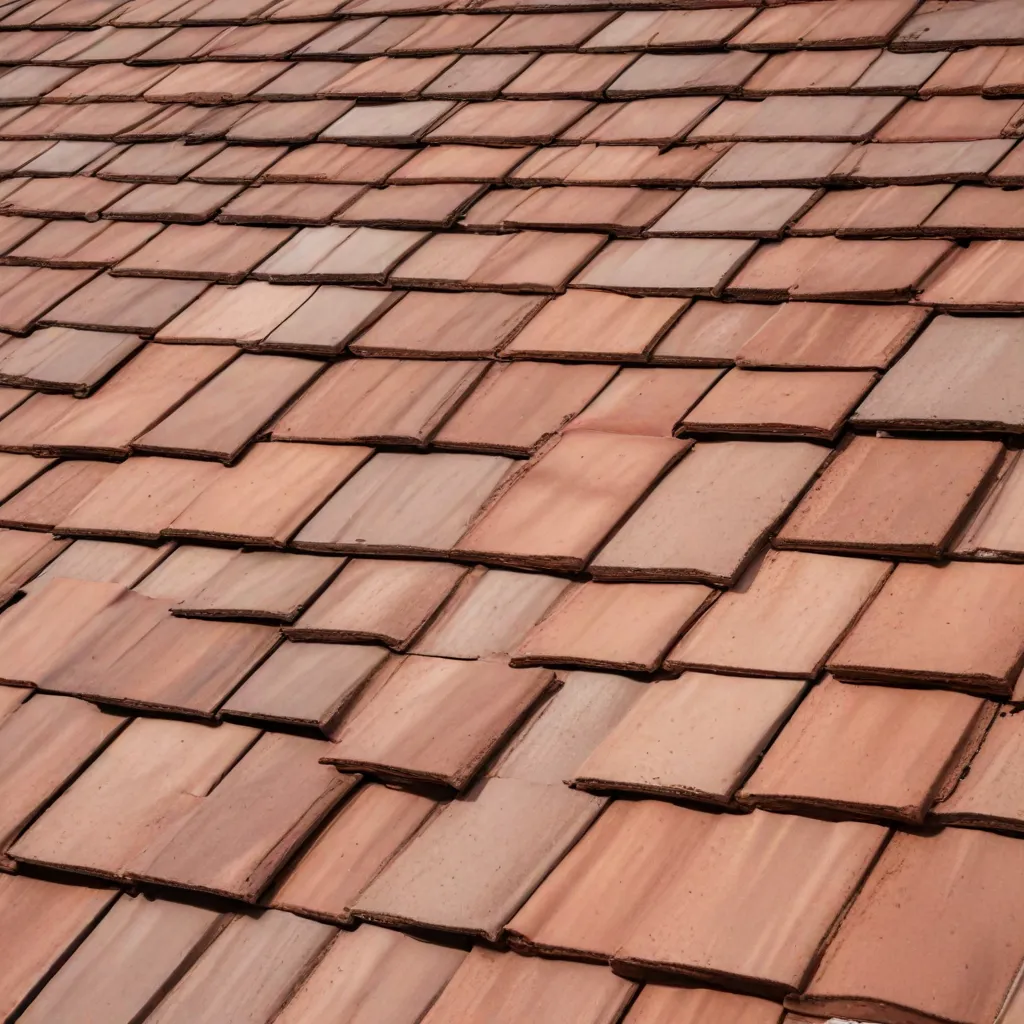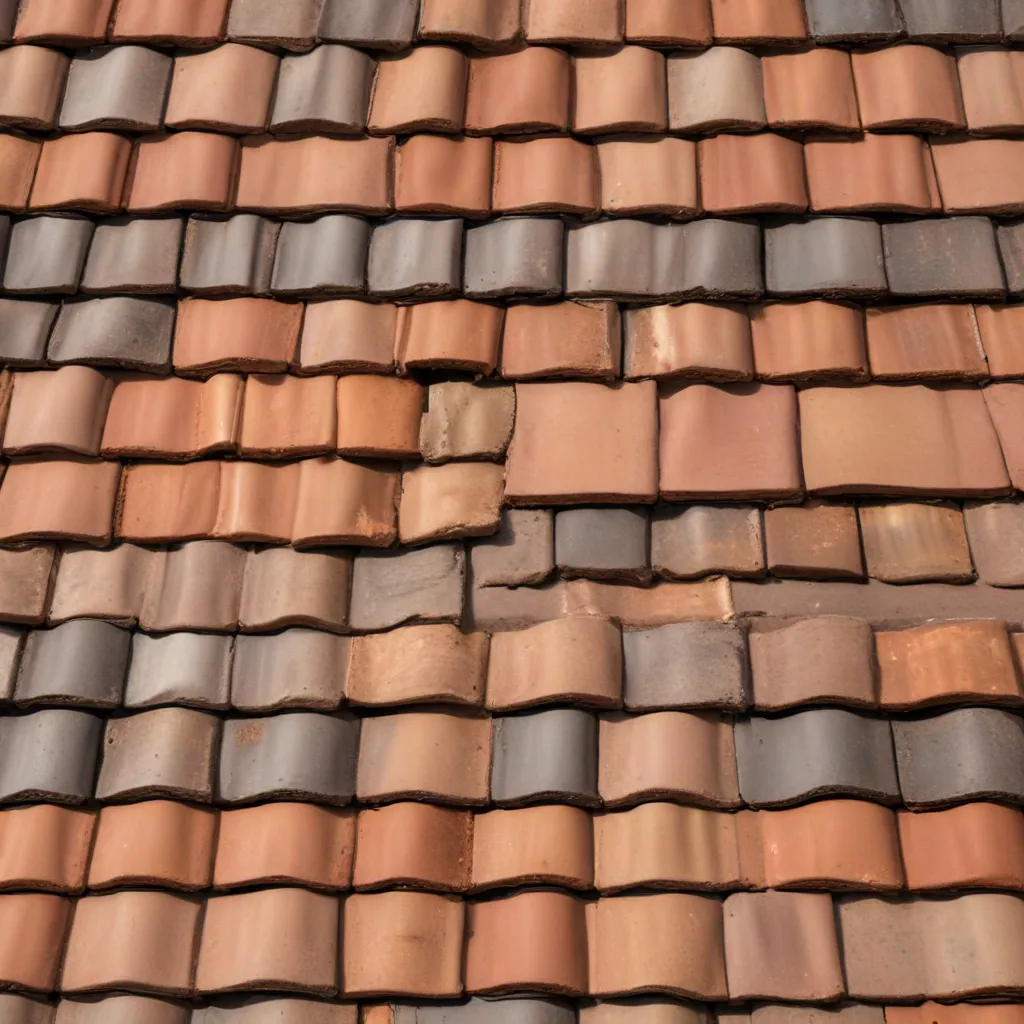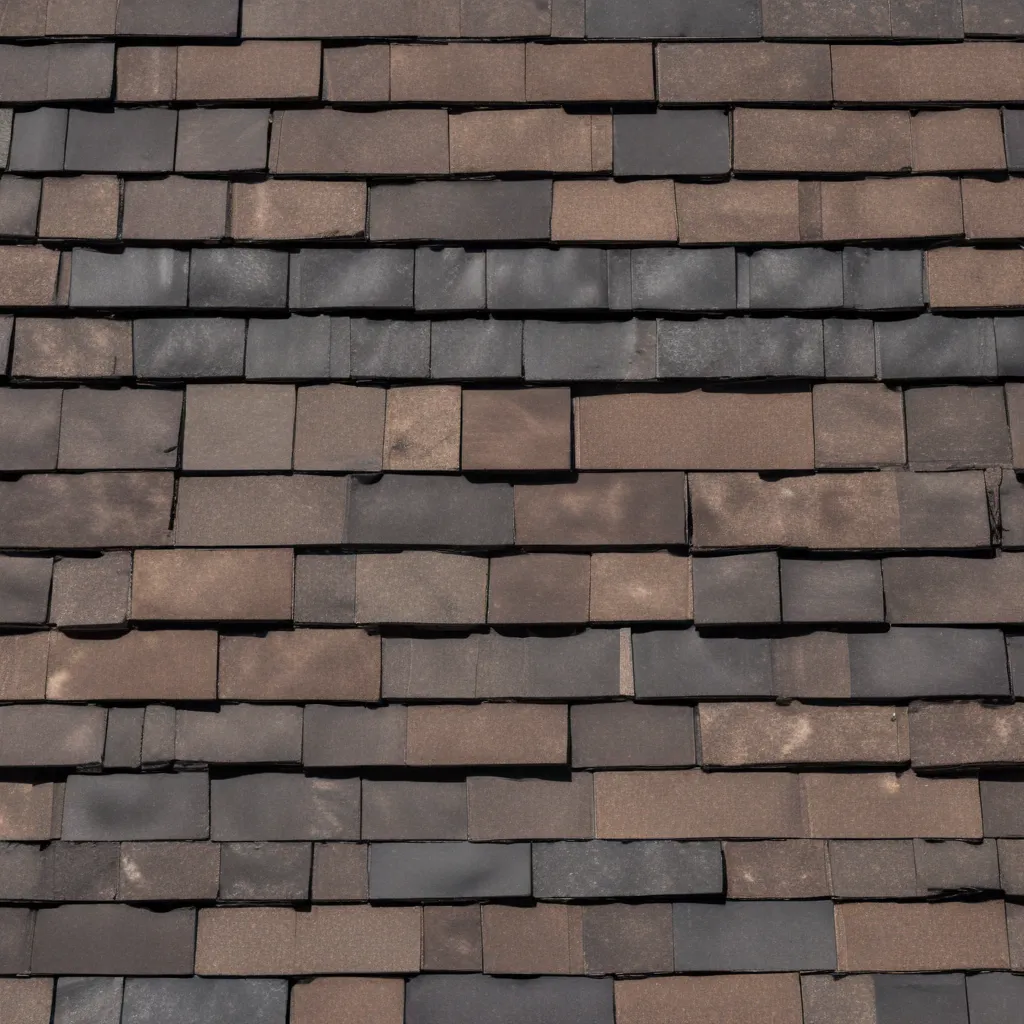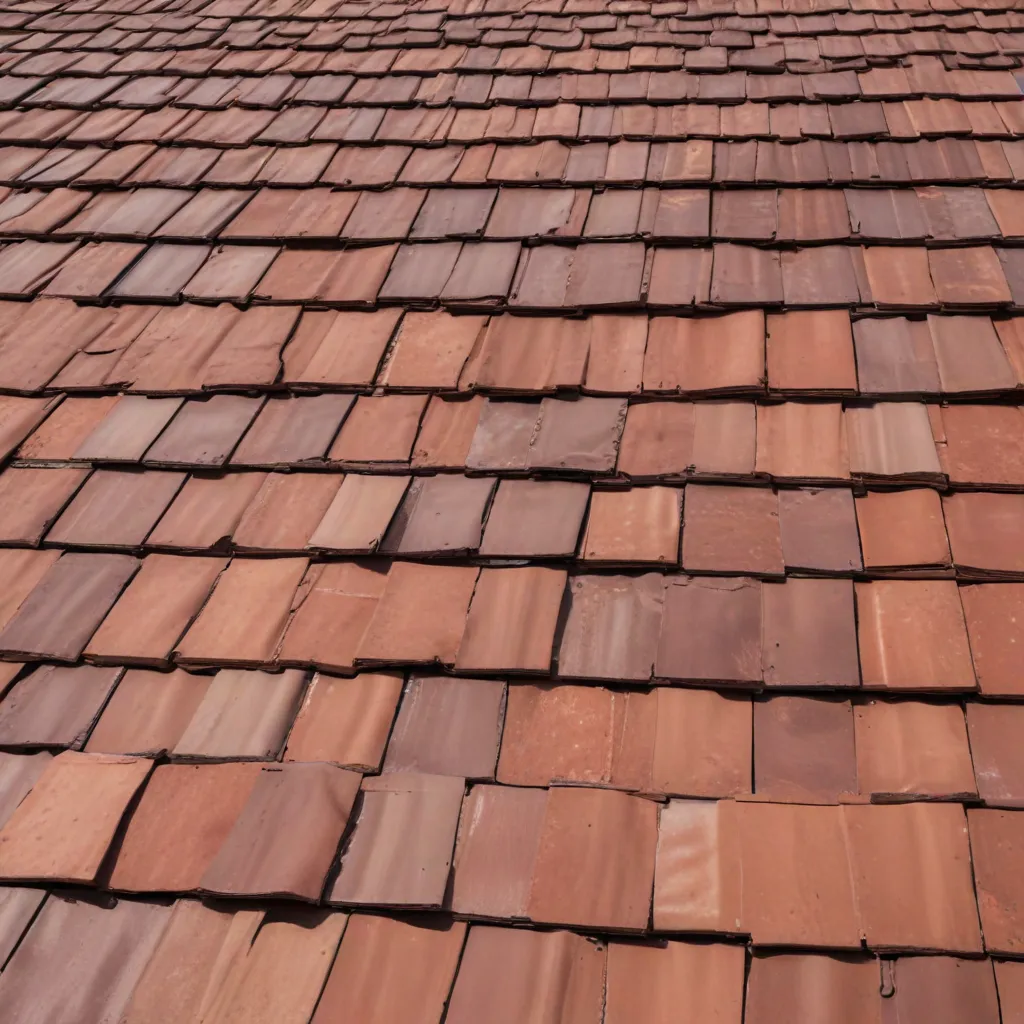Roof ventilation is a critical aspect of maintaining the health and longevity of your roof. It is a process that involves allowing air to circulate freely through your attic and ceiling, which in turn helps to regulate temperature and moisture levels. A well-ventilated roof keeps your home more comfortable and helps extend your roof’s lifespan. In this comprehensive guide, we will explore the key benefits of roof ventilation, the different types of ventilation systems available, and how to choose the right one for your home.
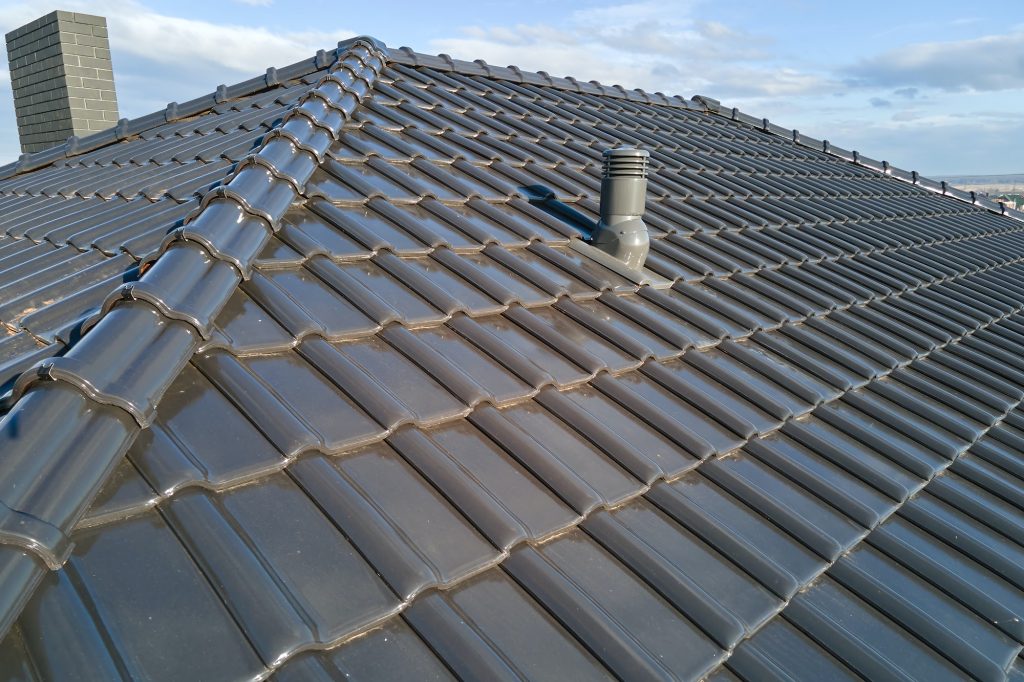
Benefits of Roof Ventilation
There are several critical benefits of roof ventilation, including:
- Longer roof lifespan: By allowing hot air and moisture to escape from your attic, roof ventilation helps to prevent the buildup of water, which can cause damage to your roof and shorten its lifespan.
- Lower energy bills: By regulating temperature levels in your attic, roof ventilation can help reduce the heat that escapes your home, leading to lower energy bills.
- Improved indoor air quality: A well-ventilated roof can help to prevent the buildup of harmful pollutants and allergens in your home, improving indoor air quality and reducing the risk of health problems.
- Increased structural stability: Proper roof ventilation helps to prevent the formation of ice dams and other structural problems, ensuring that your roof remains stable and secure.
Types of Roof Ventilation Systems
Several types of roof ventilation systems are available, each with unique benefits and drawbacks. Some of the most common types include:
- Ridge vents: Ridge vents are installed along the ridge of your roof and allow air to escape through the top of your roof. They are highly effective at removing hot air and moisture but can be challenging to install and may require professional assistance.
- Gable vents: Gable vents are installed in the gable (or triangular) section of your roof and allow air to escape through the sides of your roof. They are relatively easy to install but may be less effective than ridge vents.
- Soffit vents: Soffit vents are installed in the soffit (the underside of your roof’s overhang) and allow air to enter your attic through the bottom. They are easy to install and highly effective but may be less visible than other vents.
- Turbine vents: Turbine vents are powered by wind and use a spinning turbine to draw air out of your attic. They are relatively easy to install but may be less effective in areas with low wind speeds.
Choosing the Right Roof Ventilation System for Your Home
When choosing a roof ventilation system for your home, there are several factors to consider, including:
- The roof size will determine the number and type of vents you need to ensure proper ventilation.
- The type of roof you have: The type of roof you have (e.g. metal, asphalt, tile, etc.) will affect the type of vents suitable for your home.
- Your local climate: The climate in your area will affect the type of vents that are most effective for your home. For example, areas with hot and humid environments may require more vents than cooler and drier climates.
- Your budget: The cost of roof ventilation systems can vary greatly, so it is essential to consider your budget when choosing the right plan for your home.
Installation and Maintenance of Roof Ventilation Systems
Once you have chosen the proper roof ventilation system for your home, it is essential to ensure proper installation and maintenance to maximize its effectiveness. Here are some tips to keep in mind:
- Hire a professional: Installing a roof ventilation system can be complex, so hiring a professional with experience in this area is essential. A professional will be able to advise you on the best type of ventilation system for your home and ensure proper installation.
- Check for proper ventilation: Regularly check your roof ventilation system to ensure it functions properly and provides adequate ventilation for your home.
- Clean your vents: Regularly clean your roof vents to ensure they are free from debris and functioning efficiently.
- Check for leaks: Regularly check your roof and have any leaks repaired promptly to prevent damage to your roof and home.
Conclusion
Roof ventilation is essential to maintaining your roof’s health and longevity. By allowing air to circulate freely through your attic and ceiling, roof ventilation helps to regulate temperature and moisture levels, prevent damage to your roof, and improve indoor air quality. With the right ventilation system and proper installation and maintenance, you can enjoy a well-ventilated roof that provides long-lasting protection for your home.

